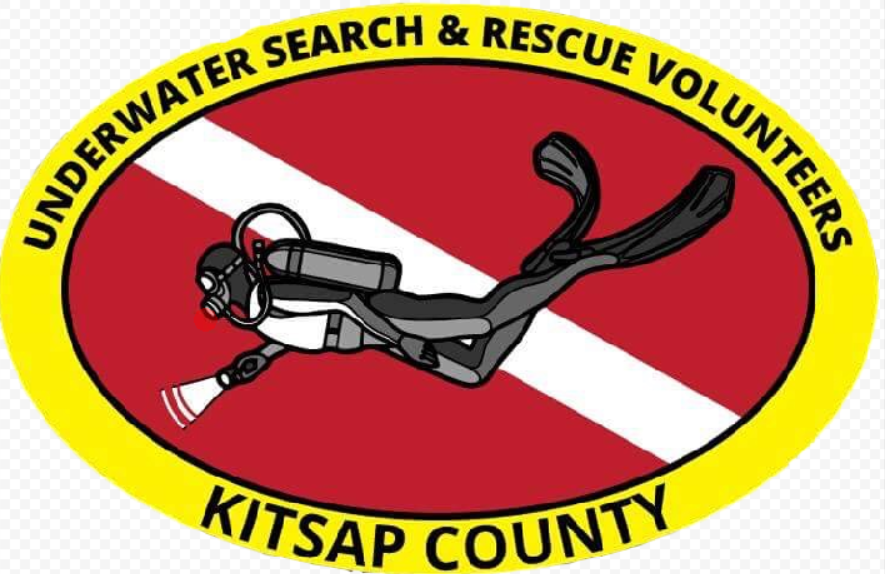by Jon Kieren with contributions from Training Advisory Panel members Mathew Partridge and Randy Thornton:
Whether you are just starting to investigate the world of rebreathers or are already an experienced rebreather diver it’s likely you’ve heard a lot of very convincing yet, blatantly incorrect, statements on the subject. Finding the truth behind these statements can be difficult and often requires sifting through hundreds of pages of diving forums, and coming to your own conclusion based on the opinions of self proclaimed experts. There are several myths that we hear over and over, and it drives us crazy having to correct them time and time again; here are a few of the most common myths and misconceptions that we would like to rectify.
Rebreathers are complex.
Not really. While rebreathers are technical pieces of equipment, they all operate using the same basic concepts: replace the oxygen that the diver metabolizes, remove carbon dioxide that the diver produces, and repeat as necessary. Each manufacturer has a unique way of doing this but the basic concept is the same.
A rebreather is only a tool to be used on the rare occasions when the dive is beyond the capabilities of open circuit.
Without consistent practice and training in benign environments, a rebreather diver can never be ready for that pinnacle dive that will require complete mastery of skills and protocols. Maintaining frequency and mastery of skills is also a critical component of emergency management.
Rebreathers are a tool that should be reserved for divers that NEED them.
Let’s be honest, the number of divers on the planet that NEED a rebreather is incredibly small. These are military, scientific, and commercial divers that require the technology to do a job. The vast majority of us are doing this for fun, and don’t really NEED to do any of it. While rebreather diving does involve additional risks and considerations, it is fun. Many divers choose to dive a rebreather because they find it more enjoyable than diving open circuit, and there is nothing wrong with that.
Your rebreather is trying to kill you.

While this is a funny concept, the reality is actually the exact opposite. Your rebreather is trying to keep you alive. Improper assembly, poor maintenance, complacency, and failure to conduct proper pre-dive checks are among the top reasons for rebreather accidents, not a machine with an affinity for murder.
A 5 minute prebreathe will validate scrubber performance.
This has been a recent hot topic of conversation. For years, divers and trainers believed that conducting a 5 minute prebreathe correctly could detect CO2 bypass (due to an incorrectly assembled/malfunctioning unit). A recent study published in Diving and Hyperbaric Medicine, Volume 44, No. 1, March 20151 indicates that this is not necessarily accurate. While the study does not in any way recommend that the diver does not need to conduct a prebreathe, the reasons for doing so and the results of the prebreathe have been redefined a bit. A prebreathe as part of a divers predive check is essential to verify the function of the gas addition systems, monitoring systems, electronics systems functions, etc. However, we cannot accurately rely on a prebreathe to evaluate CO2 absorption. The complete study can be read HERE, and an interview with Dr. Simon Mitchell by POD DIVER RADIO can be heard HERE.
A diluent flush will adequately validate a cell error.

A diluent flush is an excellent way to verify the PO2 in the loop, and can sometimes quickly identify a failed cell. However, it is extremely important to know that current limited cells can often read correct at lower PO2s. This means that if your machine gives you a cell error and you conduct a diluent flush, all cells may appear to be functioning properly. A current limited cell is often only revealed at higher PO2s, and this could be catastrophic if two cells had dropped out simultaneously and your unit votes out the remaining GOOD cell, raising PO2s to a dangerously high level. A diluent flush in this case may not identify the issue, and only close monitoring as the PO2 rose back to/past setpoint or a high O2 flush would identify the current limited cells.
Checklists are for new rebreather divers, I’m so amazing that I have mine memorized!

Checklists are a topic of heated debate, and their usefulness is often questioned. Research in the medical and aviation fields have shown that yes, improperly made and poorly implemented checklists are ineffective. However, a properly created and consistently implemented checklist will save lives – period. Gareth Lock wrote an excellent article for X-Ray Mag on this topic, found HERE.
We know these topics are debated often, and there are some valid points to be made on both sides. However after 20+ years of experience as the world’s leading technical diving training agency, our experience has shown the above to be true.

